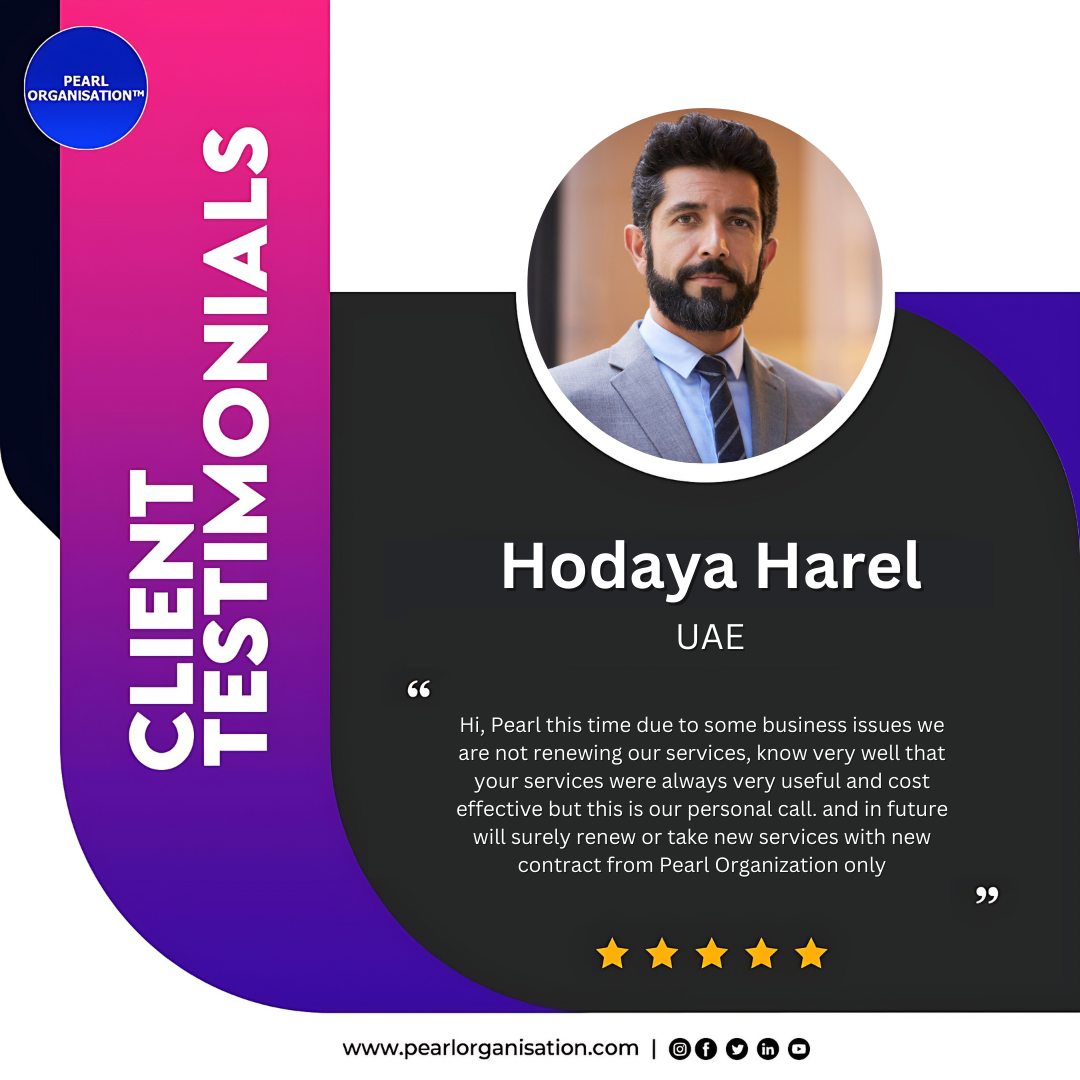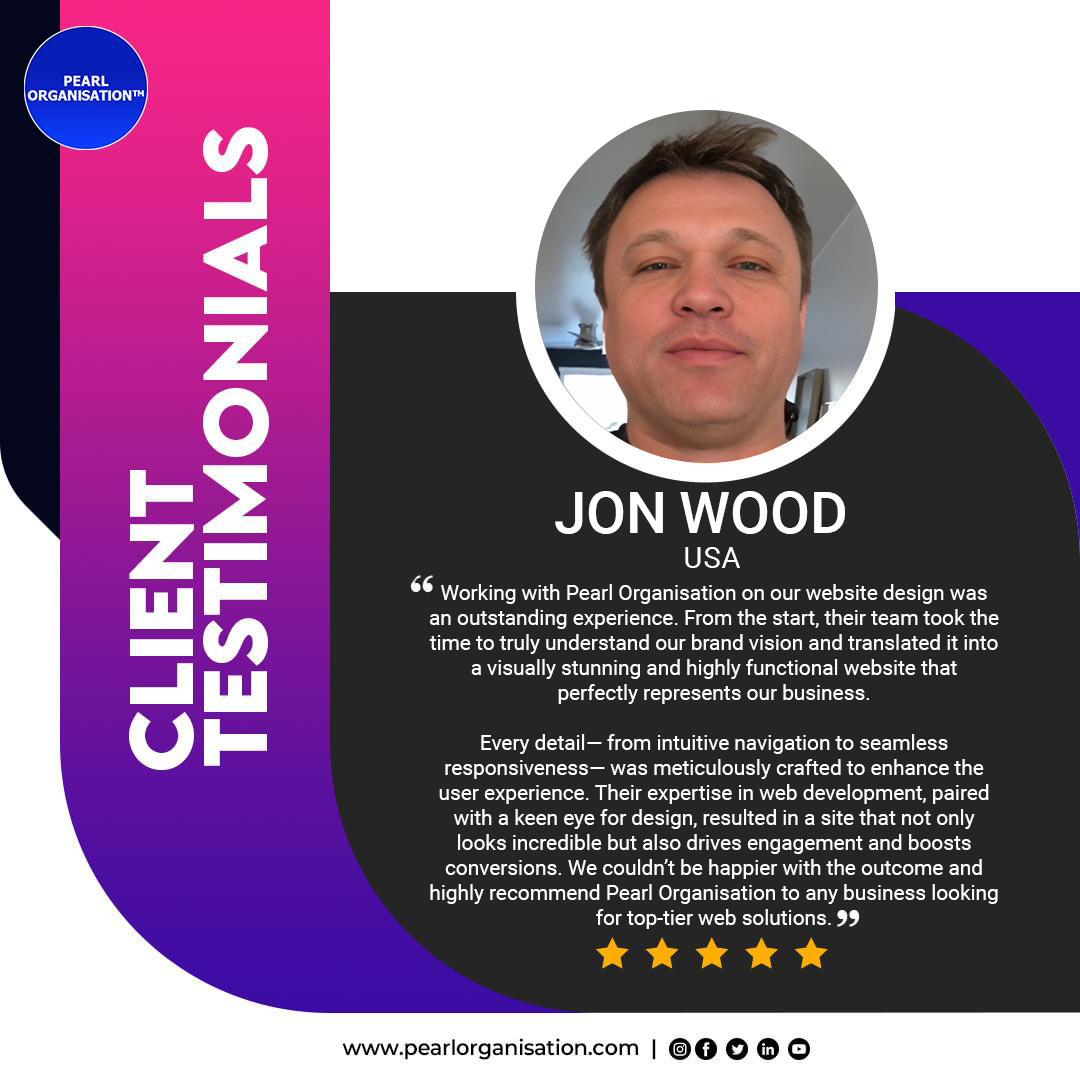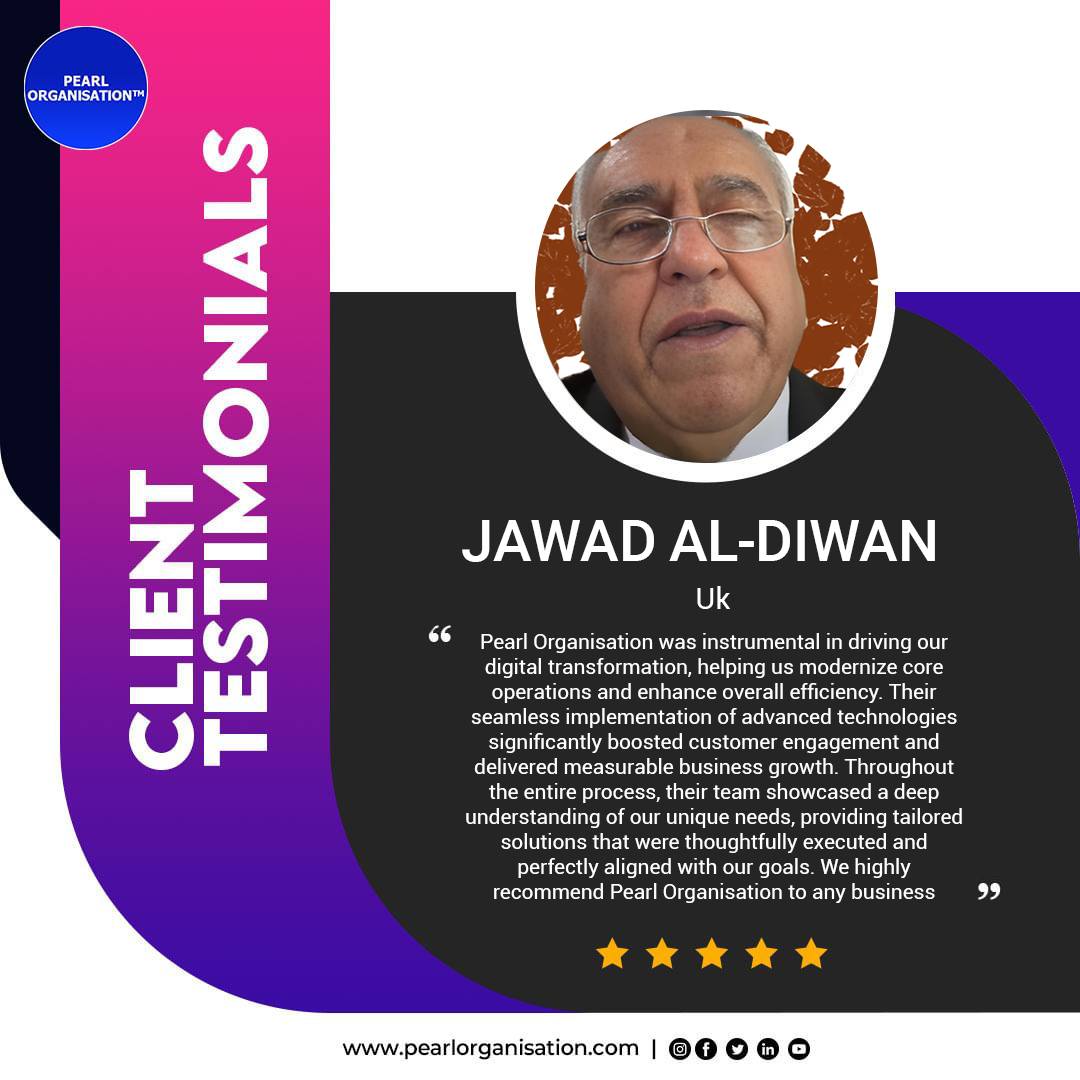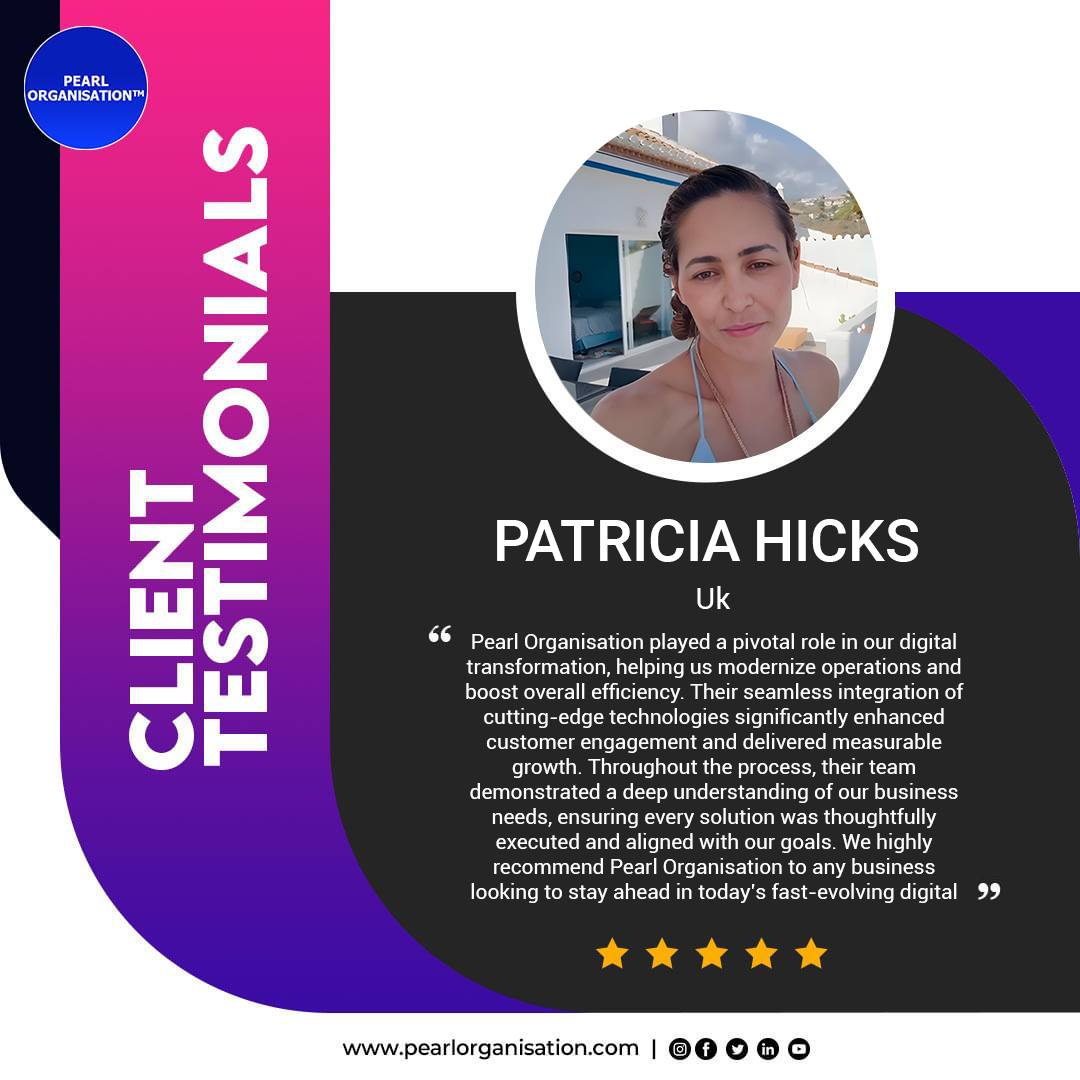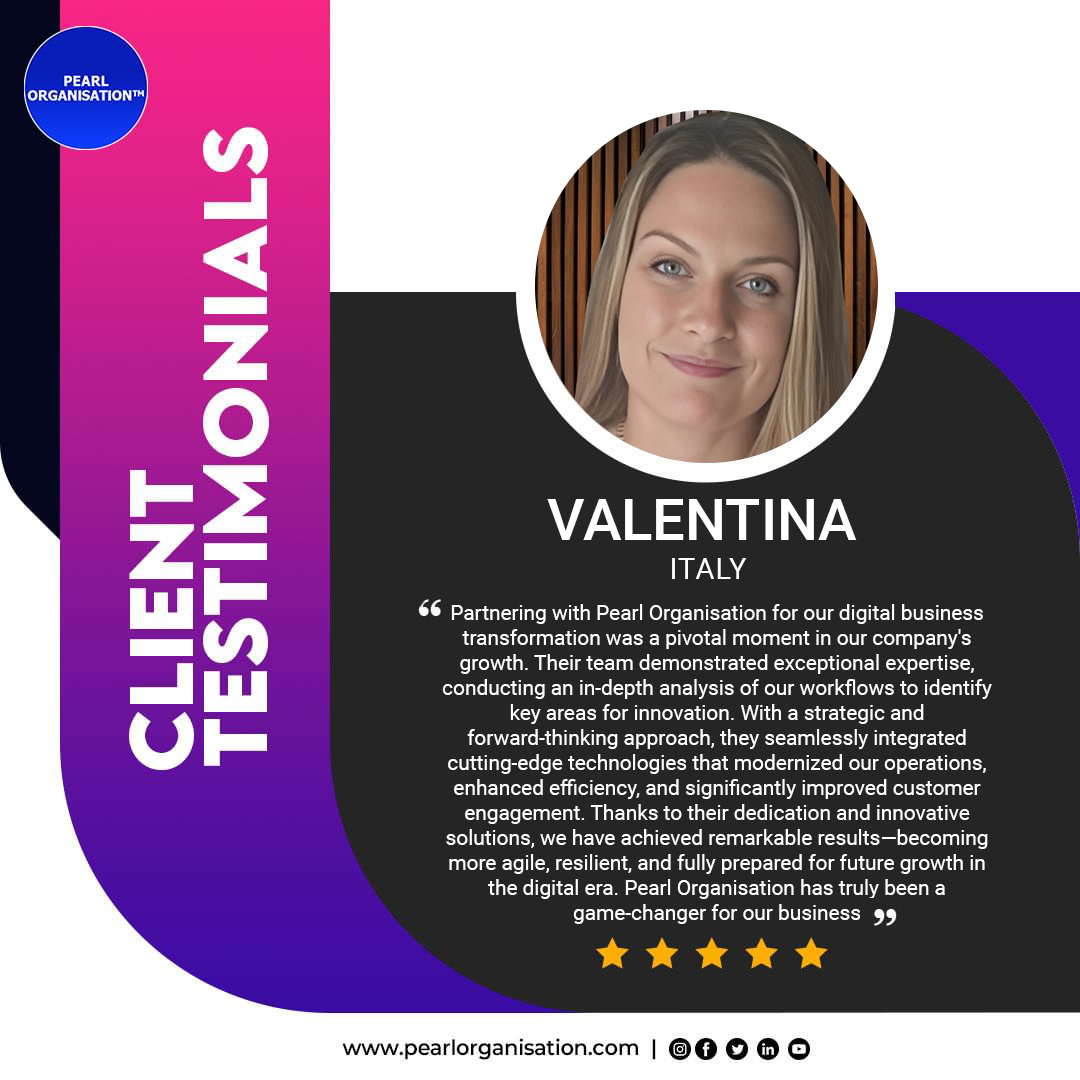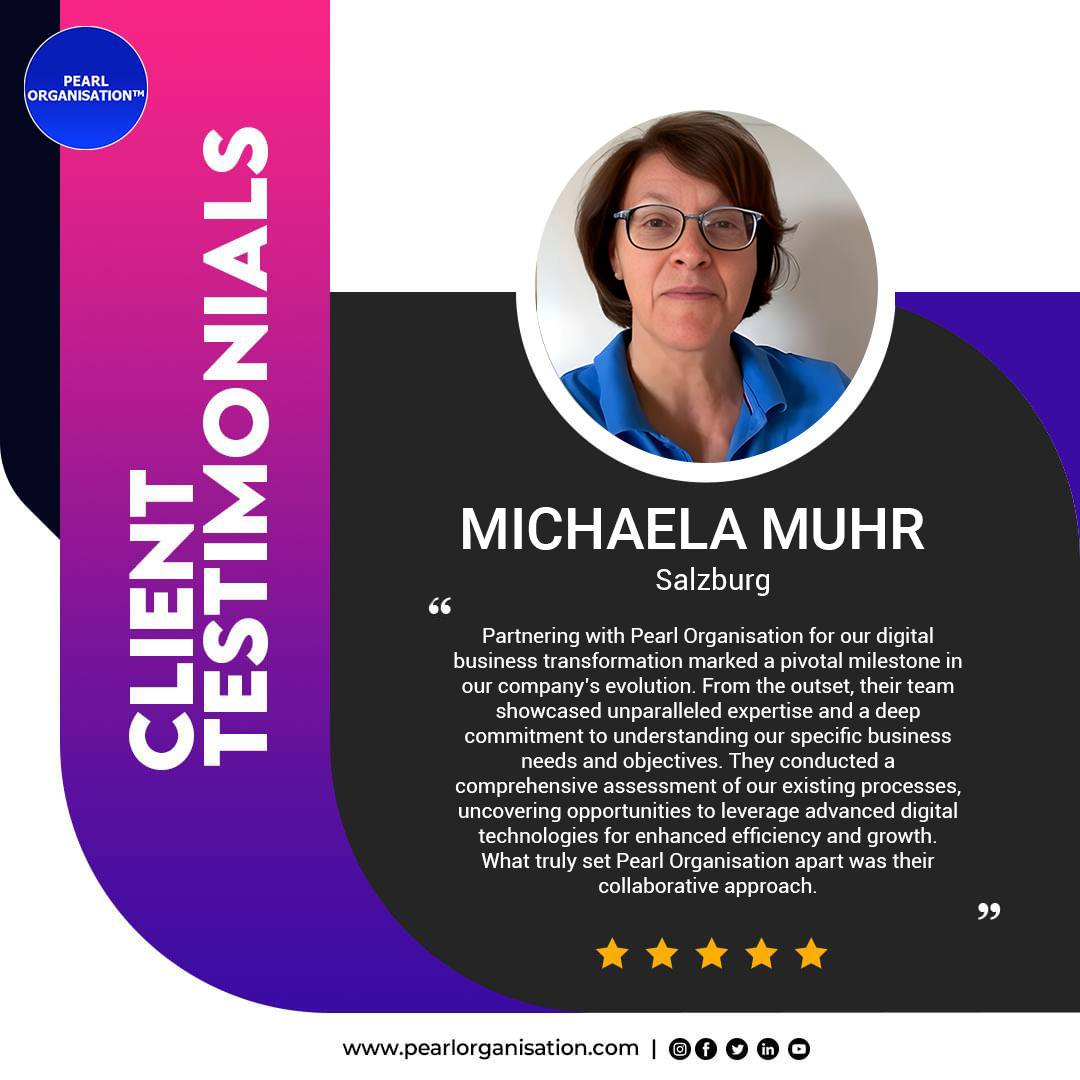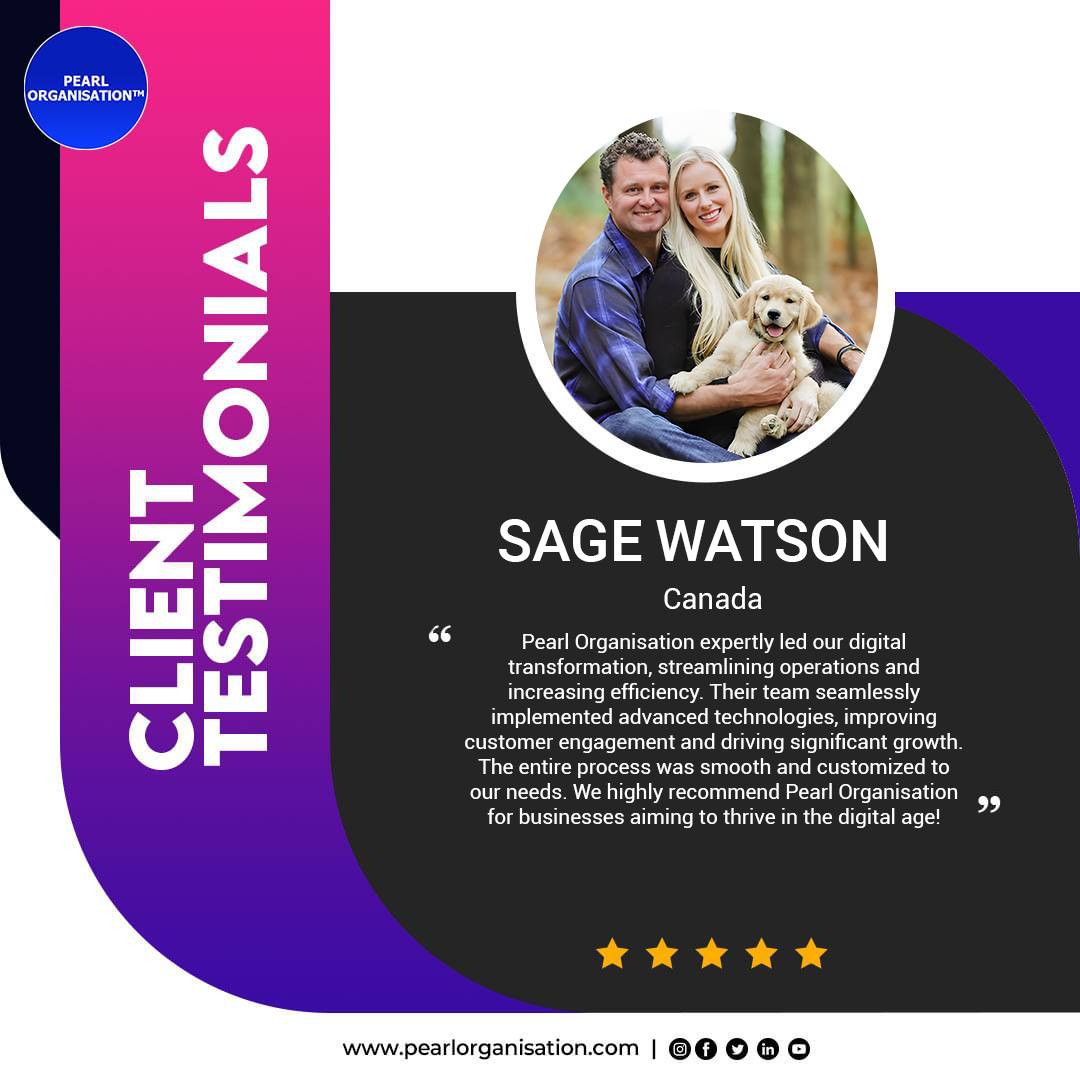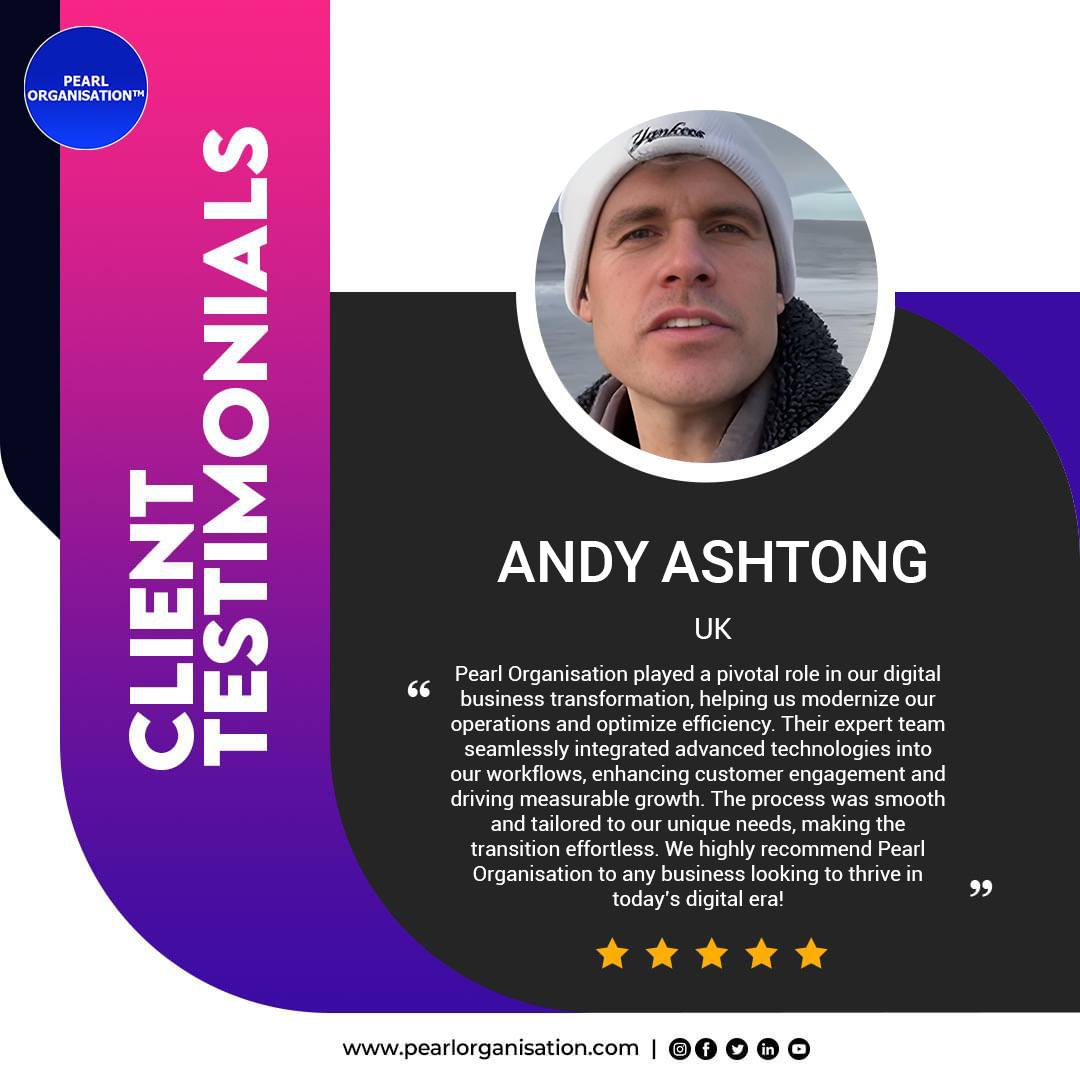Top Mistakes Businesses Make During MVP Development — And How Pearl Organisation Avoids Them
- Larrisa

- Jun 17
- 6 min read

In the race to launch new digital products, businesses are often told to “start with an MVP.” And rightly so. A Minimum Viable Product (MVP) is the smartest way to validate ideas, test market demand, and reduce time-to-market. But many businesses treat MVPs as shortcuts—leading to critical mistakes that delay launches, waste money, or destroy early user trust.
At Pearl Organisation, we approach MVP development with precision, clarity, and strategy—ensuring your minimum viable product is both fast to launch and strong enough to scale. In this article, we explore the most common MVP mistakes and explain how Pearl Organisation’s process avoids them completely.
🚫 Mistake #1: Building Too Much, Too Soon
The Problem:
Many companies over-engineer their MVPs with full dashboards, AI modules, and unnecessary features—turning what should be a 4-week build into a 6-month project.
The Pearl Solution:
We help clients identify their “core value proposition”—the ONE job their MVP must do well. Our product teams use lean UX and agile roadmapping to ensure your MVP launches with just enough features to test, learn, and grow.
🔹 We don’t build big; we build smart.
🚫 Mistake #2: Skipping User Validation
The Problem:
Rushing into development without user interviews or testing leads to products nobody needs or understands.
The Pearl Solution:
Before writing a single line of code, Pearl Organisation conducts:
Persona mapping and pain-point analysis
Prototype testing with real users
Feedback loops and click-path validation
🔹 Your MVP is shaped by data—not assumptions.
🚫 Mistake #3: Focusing on Features Instead of Outcomes
The Problem:
Businesses often define MVPs as a checklist of features rather than a way to validate a hypothesis.
The Pearl Solution:
We use Jobs-To-Be-Done (JTBD) frameworks and value-driven backlogs to anchor every user story in real-world business impact. Every sprint delivers features tied to outcomes, not vanity metrics.
🔹 We measure success in value delivered, not features shipped.
🚫 Mistake #4: Ignoring Technical Scalability
The Problem:
Some MVPs are built on poorly structured codebases or throwaway frameworks. They may work for testing, but they can’t scale without major rework.
The Pearl Solution:
Pearl uses scalable stacks like:
🔹 Your MVP is built with startup agility and enterprise readiness.
🚫 Mistake #5: No Clear Feedback or Iteration Plan
The Problem:
After launching, many teams don’t know how to collect or act on user feedback—leading to MVP stagnation.
The Pearl Solution:
We equip your MVP with:
In-app analytics (Mixpanel, Google Analytics, Hotjar)
User feedback forms
NPS (Net Promoter Score) and session replays
Structured iteration plans
🔹 Your MVP becomes a learning engine—not just a feature showcase.
🚫 Mistake #6: Overlooking UI/UX Simplicity
The Problem:
Some MVPs are so rough that users can’t figure out how to use them—causing friction and false negatives.
The Pearl Solution:
Pearl Organisation designs MVPs with:
🔹 Users should be testing your product idea—not struggling with your design.
🚫 Mistake #7: Failing to Define a Post-MVP Roadmap
The Problem:
After the MVP launch, many businesses don’t know what comes next—resulting in scope creep, wasted investment, or dead projects.
The Pearl Solution:
We develop a clear roadmap, including:
🔹 Your MVP is the beginning of the journey—not the destination.
💼 How Pearl Organisation’s MVP Process Ensures Results
Phase | Pearl Organisation’s Strategy |
Discovery | User interviews, competitor analysis, and goal alignment |
Ideation | Prototyping, wireframes, MVP scoping |
Development | Agile sprints, lean stack selection, DevOps integration |
Launch | QA, cloud deployment, feedback loops |
Post-launch | Iteration plan, analytics setup, growth roadmap |
With Pearl Organisation, you're not just hiring developers—you’re partnering with product thinkers, UX strategists, and technical architects.
🌍 Real Business Impact
🚀 Reduced MVP build time from 12 weeks to 5 weeks for a logistics startup
📈 3x higher user engagement through lean UX testing for a wellness app
💡 Helped a fintech client secure funding post-MVP by embedding analytics and investor-ready dashboards
✅ Saved 40% on development costs by avoiding redundant MVP features in a SaaS platform
Conclusion
An MVP is your product’s first impression, your investors’ first checkpoint, and your team’s first milestone. It can’t be rushed, bloated, or ignored—it must be smart, strategic, and scalable.
At Pearl Organisation, we don’t just build MVPs. We build foundation-ready products that validate your idea, delight your users, and prepare you for growth.
📩 Ready to launch the right MVP the first time?Explore our process:🔗 https://www.pearlorganisation.com/digital-product-development-services
💬 Frequently Asked Questions (FAQs)
Q1: What is an MVP in product development?
An MVP (Minimum Viable Product) is a basic version of a digital product that includes just enough core functionality to solve a specific problem for early adopters. The goal is to validate the product idea, gather real user feedback, and make data-driven improvements before scaling. An MVP is not a prototype—it's a working product with real user value.
Q2: Why do most MVPs fail to deliver business value?
MVPs often fail because:
Businesses try to include too many features too early
There’s no clear hypothesis to validate
User feedback loops are missing or ignored
The UX is poor, leading to incorrect feedback
The codebase isn’t built to scale, requiring rework later
Pearl Organisation avoids these by aligning every MVP with measurable goals, user personas, and a clear product roadmap.
Q3: How does Pearl Organisation define the scope of an MVP?
We follow a lean product strategy that defines:
The core problem the MVP must solve
The primary user persona it’s built for
The smallest feature set required to validate the idea
Success criteria based on real usage metrics
We avoid scope creep by prioritizing outcomes over features—so the MVP focuses on value, not volume.
Q4: How does Pearl Organisation validate an MVP idea before development?
Before development begins, we use a mix of:
Customer interviews and persona research
Competitor analysis and gap identification
Clickable wireframes and prototype testing
Lean canvas documentation to define problem/solution fit
Stakeholder workshops to align goals
This ensures we build what users need, not just what stakeholders assume.
Q5: Can an MVP be scalable, or does it need to be rebuilt later?
An MVP should be built for both speed and scalability. At Pearl Organisation:
We use modular architecture and microservices for extendibility
Our MVPs are cloud-ready and DevOps-enabled (CI/CD pipelines)
We avoid hard-coded hacks and use versioned APIs
Tech debt is minimized through agile best practices
You can confidently evolve from MVP to full product without starting over.
Q6: How long does it take to build an MVP with Pearl Organisation?
MVP timelines depend on complexity, but typical delivery windows are:
We work in sprint-based agile cycles, ensuring transparency and progress every week.
Q7: What technologies and platforms does Pearl use for MVP development?
We select stacks based on scalability, time-to-market, and future vision. Common technologies include:
Our MVPs are always built with future productization in mind.
Q8: How do you collect and use user feedback post-MVP launch?
We integrate real-time analytics and user feedback loops including:
Session tracking (Hotjar, FullStory)
Event tracking (Mixpanel, Google Analytics)
Custom feedback modules and surveys
Net Promoter Score (NPS) integrations
Admin dashboards for user insights
All feedback is analyzed to create a feature iteration roadmap, improving the product with every sprint.
Q9: Does Pearl Organisation help with MVP testing and QA?
Yes. Every MVP goes through:
Unit and integration testing
Manual and automated UI testing
Performance checks for high-traffic scenarios
Device/browser compatibility tests
Security and data validation testing
We also simulate edge cases and implement bug-tracking systems to ensure a stable MVP launch.
Q10: What support does Pearl Organisation provide after the MVP is launched?
Post-launch, we offer:
Ongoing maintenance and bug fixes
Feature enhancement planning and delivery
Performance monitoring and security patching
Go-to-market advisory and growth strategy
Scaling plans (cloud optimization, traffic handling)
Your MVP doesn’t stop at launch—we grow it with you.





























